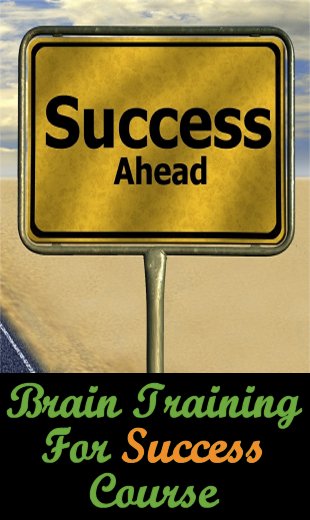Networking For Seniors – Keeping In Touch
Thanks to guest contributor, Kent Elliot, for another excellent article:
Networking as a senior when you’re no longer in the workforce can seem challenging. If you’re retired, you probably don’t interact with as many people daily. Finding new ways to become more involved in the community and connecting with old and new contacts can help, whether you’re trying to form a business, start a non-profit, find volunteering events, or pursue other opportunities.
This article presents a few tips for seniors who are starting to explore the tech world.
Reconnect With Old Colleagues
If you’re no longer working, you can still reconnect with former colleagues to network, by reaching out to old contacts who could help with your new project.
For example, if you’re starting a consulting business related to your field, past colleagues or managers might have connections that could land you a consulting client.
If you’re looking for a partner in your new business, someone you used to work with could be a good option.
Connect In The Community
Being active in the community helps you make new contacts. Start by considering the goal of your networking to choose how to get involved. Then, if you want to start a non-profit, join groups or volunteer for organizations with a similar mission. Or if you want to open an art gallery, jump into the local art scene to meet artists and art fans.
Go Online
Online networking lets you connect to people outside your geographical area. You can often meet like-minded people more easily online by joining groups and being active on social media. You’ll attract people with similar interests when you spread your message on the internet.
This can also be beneficial if you have limited mobility or health conditions that make it difficult to network in person. It’s possible to start a business completely online, and you can also focus your networking strategy on social media and other virtual options.
Prepare Your Elevator Pitch
Every person you meet could be a potential connection that helps you with your goals. Work on an elevator pitch, which simply means a quick speech that’s under a minute to let others know what you’re looking for. Hit the high points of your goals without seeming overly promotional or pushy.
Must-Dos For Starting A Business Or Non-Profit
If your goal is to start a business or non-profit, doing it the right way can make you more successful and help you avoid potential problems. Here are some things to consider when starting a business:
- Create a business plan. A business plan helps you work through all the details and creates a framework for business decisions.
- Form an LLC. When starting a business, forming a limited liability company (LLC) provides protection for your personal assets. Choosing the right legal structure from the start can reduce problems and help you run your business legitimately.
- Check on licensing and registration requirements. States and local governments have varying requirements for licensing and registering businesses, depending on the type of business you start.
- Get insurance. Insurance requirements can also vary based on the industry and size of your company, but all businesses should at least have liability insurance. Ensure you have proper coverage to protect yourself and your business financially.
- Get business cards. When you’re networking, business cards are still a must. Make sure you get cards that accurately reflect your business or non-profit. You can even use a free graphic logo design tool online to create that perfect logo for your cards.
Start Networking Today
Networking as a senior can happen during normal daily activities and community involvement. Find ways to interact with as many people as possible to help build your business or non-profit.
Kent Elliot is a retired architect with a passion for dogs, DIY, and universal design. After a stroke left him with mobility issues, he thought he would need to move out of his home and into an assisted living community. But, using his experience as an architect and with a little creativity, he was able to successfully remodel his family home instead. The relief he felt has inspired him to help others do the same. He created At Home Aging to share what he’s learned.







